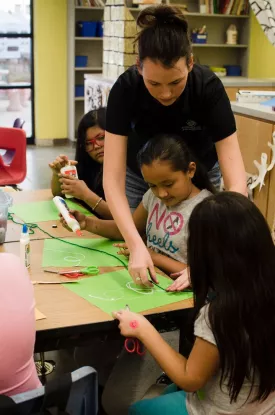
Make A (Mixed Media) Scene
Community Builders

If you are part of a BGCA Organization, you can use your BGCA Account to access Club Programs.
I am part of a BGCA organization I am not part of a BGCA organization
Reviews